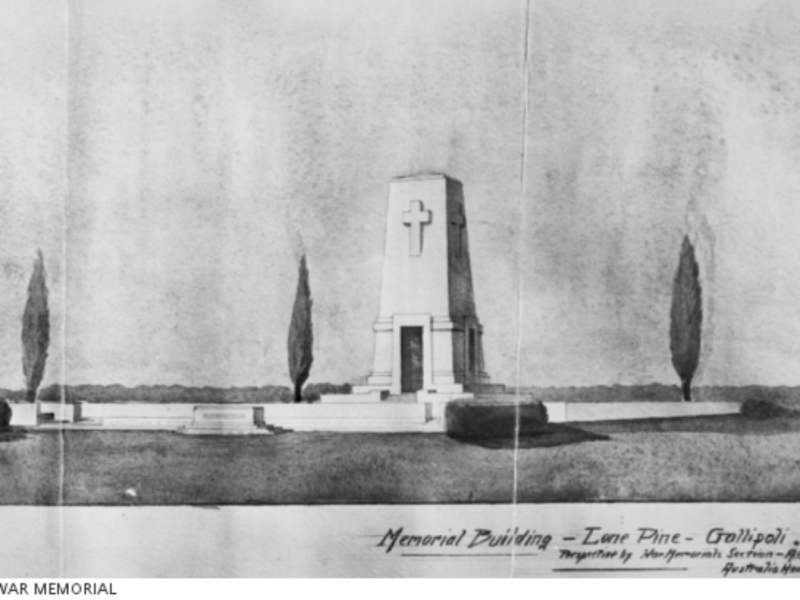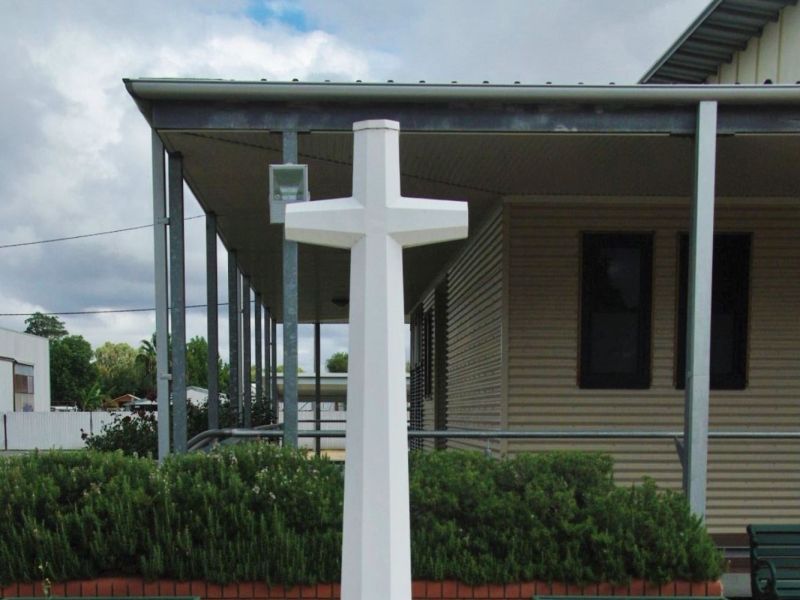Private George Gunning, 2nd Battalion, AIF
George Gunning was born in Hay in New South Wales in 1880 to Joseph and Eliza Gunning. His father owned and operated the Bridge Hotel, was an early property developer, and was described as a “leading light in the early days of Hay”.
George was educated at the Church of England Grammar School, known as Shore, in North Sydney. He was a prefect and a member of the rowing team.
Following school, Gunning followed his passion for rowing and moved to Victoria to compete in professional races. He had some minor success, but returned to Sydney a few years later and retired from the sport. He became an accountant and a rowing coach. After leading a Sydney University team and a seniors’ crew to victory he was selected to coach the NSW crew at the Interstate Eight-Oared Championships in 1913.
Gunning enlisted in the Australian Imperial Force in January 1915, at the age of 34. At the time he was the honorary treasurer of the New South Wales Rowing Association, and vice-captain of the North Shore Club.
He was assigned to the 2nd Battalion, which was part of the 1st Brigade, and embarked from Sydney in April on board HMAT Hororata, bound for Egypt. After a period of training in Egypt, Gunning was sent to the Gallipoli Peninsula, arriving in early July.
On the 6th of August, the 1st Brigade led the charge at Lone Pine in a brutal and bloody battle that pitched Australian forces against formidable entrenched Turkish positions. While the main Turkish trench was taken within 20 minutes of the initial charge, this was the prelude to four days of intense hand-to-hand fighting which resulted in over 2,000 casualties.
Private George Gunning was among those killed in action in the battle of Lone Pine.
He was initially reported as wounded on 8 August and this status was later upgraded to “wounded and missing”. It was not until the end of May 1916 that a court of enquiry determined he had been killed in the battle.
An article about Gunning published in the Sydney newspaper Referee in June 1916 remarks: “It seems hard to realise that he has lost his life fighting, because in private life he was one of the most genial men one could meet. He had a smile and a good word for everyone, and was very popular.”
Emma Campbell, Researcher, Military History Section
Image: Lone Pine, Gallipoli. 1920-09-21. An artist's impression of the memorial built in honour of the Australian soldiers who died as a result of the Gallipoli campaign. (Donor J.T. Hobbs)
- Australian War Memorial https://www.awm.gov.au/collection/C2278402

 Australian War Memorial
Australian War Memorial